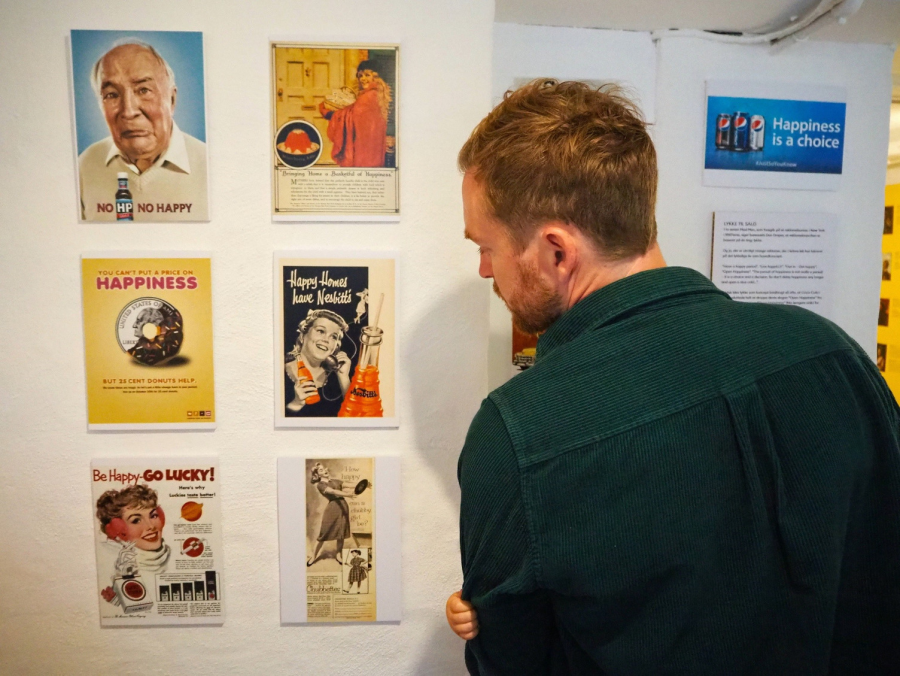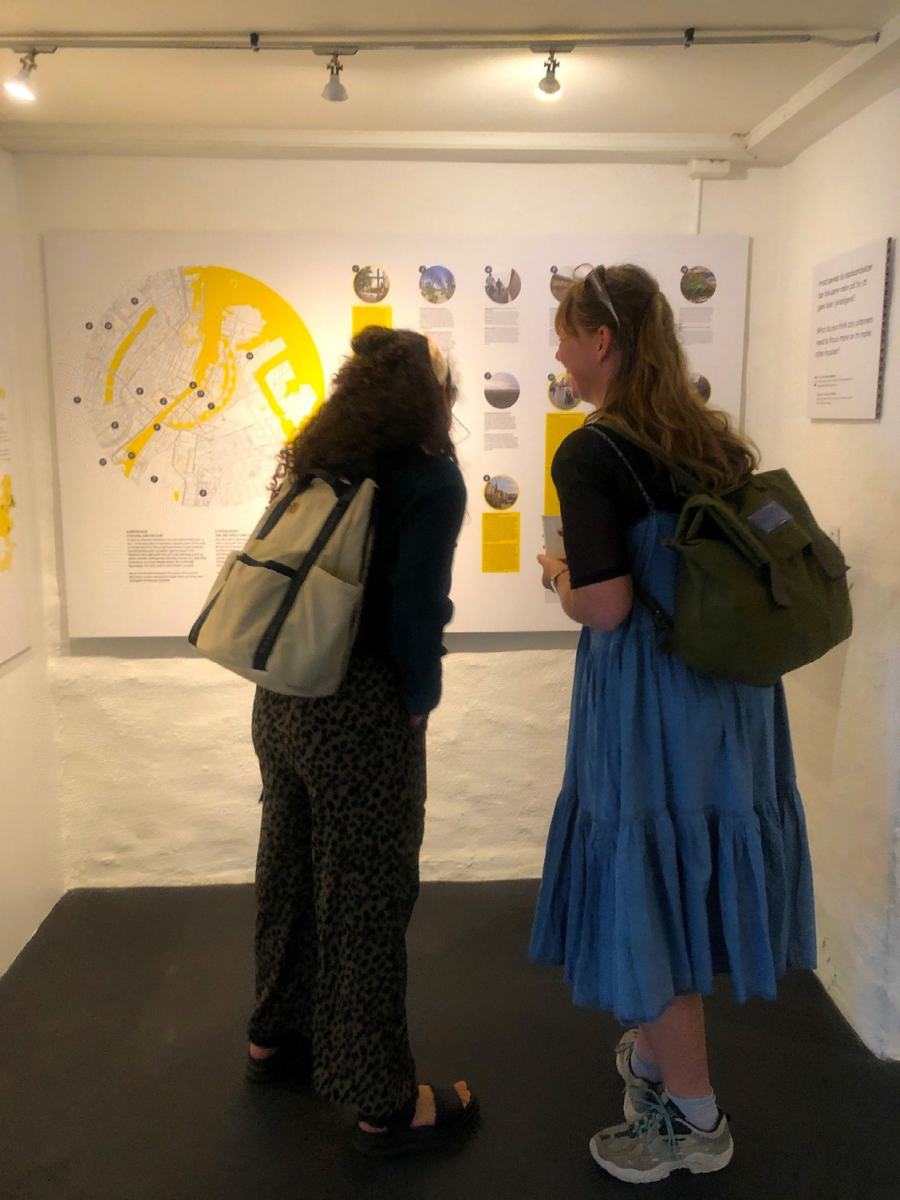New Museum Explores Who Is Happy and Why ... or Why Not

In each of our own lives, we are usually aware of the particular situations, events, relationships, and other factors that contribute or detract from our individual happiness. But what about at a community, city, country, or even global level—what are the things that impact both our individual and collective happiness, and how are they measured? Leave it to The Happiness Museum in Copenhagen, Denmark, to find the answers.
As our world grapples this year with the extraordinary health, travel, commerce, education, and social contact issues related to the coronavirus and its impact on every facet of our well-being, it seems like perfect timing for the opening of the new museum in July. The Happiness Museum delves into the history, demographics, economics, and politics of happiness and explores why the people of the museum’s home country, Denmark, are among the happiest in the world, according to World Happiness Reports, publications of the United Nations Sustainable Development Solutions Network.
The museum is curated by The Happiness Research Institute, led by Meik Wiking, who authored “The Little Book of Hygge: Danish Secrets to Happy Living.” Established in Copenhagen in 2013, the institute studies the different complex dimensions of happiness. Based on quantitative and qualitative research, the institute conducts analyses to study, map, and advise on how to create better conditions for better lives on a local, national, and international level. The Happiness Research Institute discovered there was so much public interest in its work, an attraction would be a perfect way to connect with interested parties.
“We wanted public outreach, but the institute itself is not the perfect place for that to happen,” says Alexander Gamerdinger, an analyst for the institute. “We want to present what we find most interesting in our studies and wanted to make it accessible to a broader audience. In order to scale it up to the public, we opened the museum to show we measure happiness and why it is important.”
Gamerdinger says that with the challenges we all face in 2020, now is an opportune time for the world, and each individual, to ponder happiness, and The Happiness Museum is good place to start.
“I think right now it’s a place where people can explore this,” he says. “However, so many of the discussions right now are about health and the economy. But social factors like loneliness and friendships have not been factored in.”

Museum exhibits explore the geography of happiness, the politics of happiness, and the relationship of a gross domestic product (GDP) to happiness. The institute says the latter is an insufficient measure of quality of life and states on its website, “We have gotten richer, but not happier. We have failed to convert wealth into well-being.”
Gamerdinger touches on some of the specific exhibits, some that are designed for guests of all ages.
“We wanted light elements that spark the interest of children. There is a section that asks people for a happy memory and about what they have experienced. We have a section on the smile and whether people have bright smiles, and we also look at emojis. Plus, how governments, as well as thinkers like Aristotle, have been working with these concepts.”
There is also an interactive game about the agony of choice in which visitors decide which gem they would buy and then consider their happiness with their choice. There are also entertaining activities involving light and chocolate and their effect on our happiness.
The Happiness Museum is open Tuesday to Sunday, and admission is 47.50 Danish kroner (DKK) for adults and DKK 32.50 for visitors under 18. The 250-square-meter museum can normally accommodate about 60 visitors simultaneously, but for an indefinite period, the attraction will follow guidelines from the Danish Ministry of Culture during the COVID-19 outbreak.
The museum gives a lasting piece of advice to visitors: “Bring your loved ones with you. We think that visiting in good company is the best idea. Happiness is not decreased when shared—it’s happiness, not pie.”
The Happiness Museum features an exhibit exploring the way happiness is presented in product advertising. (Credit: The Happiness Research Institute)
Exhibits at The Happiness Museum explore the geography of happiness, politics of happiness, and relationship of a GDP to happiness. (Credit: The Happiness Research Institute)
